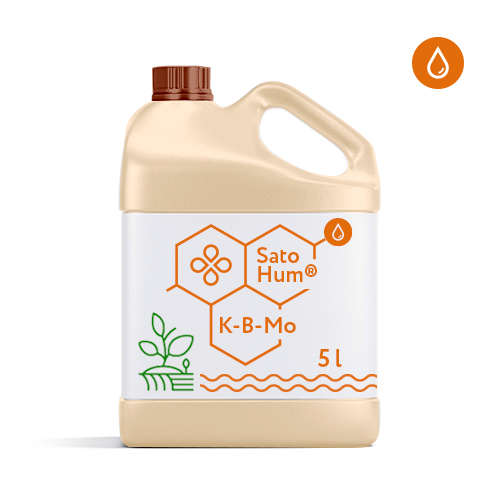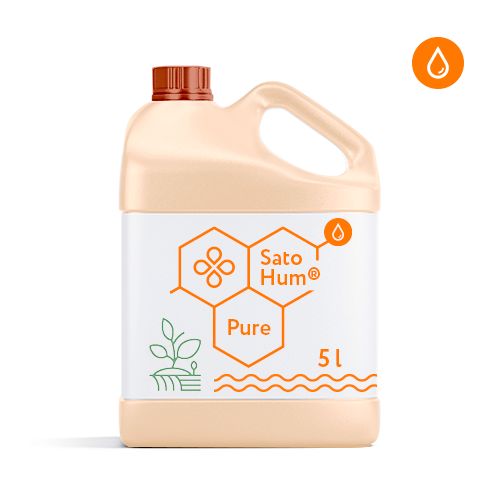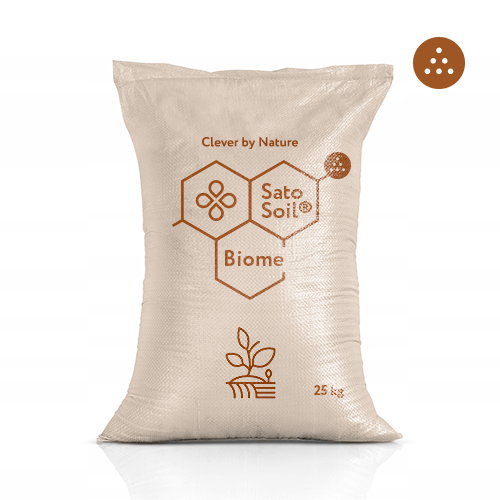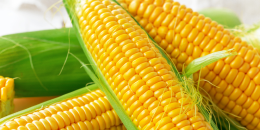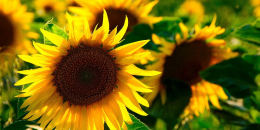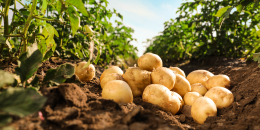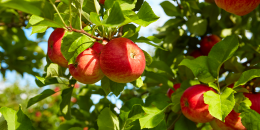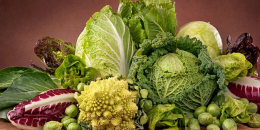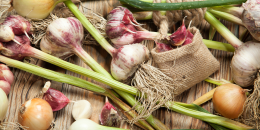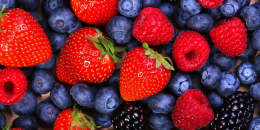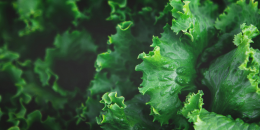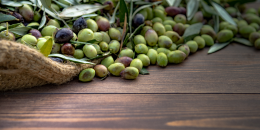Cucumber
One of the most popular crops in vegetable growing, it’s grown both in open ground and in greenhouses, hydroponic and aeroponic farms. Cucumber is respected not so much for its nutritional value, but for the freshness and taste of the fruit, for the combination with other products, abundance of varieties and the diversity of preservation methods.
It is better not to sow cucumbers after other pumpkin and after nightshades such as beets, tomatoes or potatoes. The most favorable predecessors are considered winter cereals and legumes, fodder crops, cabbage, carrot and onion. High-stemmed corn, sunflower, sorghum or soybeans are sown on windy sides to protect cucumber seedlings.
Cucumbers in open ground require soil preparation in advance. SatoSoil® improvers and, if necessary, SatoGrow NPK® Granules starter biostimulants are added already to the autumn plowing.
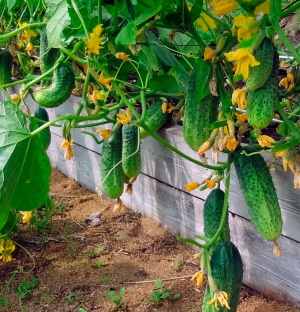


Soil conditioning increases friability and preserves the fertile soil layer, and biostimulants let uptake minerals even before sowing.
Pre-sowing seed treatment includes warming or alternating hardening by holding at different temperatures and dressing with Sato® Seeds to obtain coordinated seedlings. The compound also proved to be excellent when germinating seedlings in greenhouses.
At the beginning of the growing cycle, to stimulate abundant flowering, sprouts should receive potassium and nitrogen, so SatoGrow® organo-mineral granules are used, which gradually release minerals and promote the best absorption of nutrients due to elevated content of humic and fulvic acids. While vegetative green mass and lashes grow, the cucumber consumes more nitrogen, and then potassium uptake is key for optimal fruiting.
To increase the stress resistance of crops in open ground and in greenhouses during pest attacks, to combat aphids, spider mites, fungal diseases, as well as to prevent diseases, the silicon-containing SatoHum® SiO composition with humates is applied, which strengthens the vegetative organs of the cucumber, avoiding sprout lodging. SatoHum® Potassium soap is an effective protection in critical phenodates for cucumber: in the stages of the ovary and fruit filling.
- yellowing and shrinkage of the leaves - lack of nitrogen;
- thick shortened stems, excessive green mass gain, many tendrils, few flowers - excess nitrogen;
- lightening or browning of leaves edges, shrinkage of fruits - potassium starvation;
- brown spotting, dark green leaves - phosphorus deficiency;
- yellow-brown old leaves, signs of burns of the root system - excess potassium;
- leaf chlorosis, insufficient photosynthesis - magnesium deficiency;
- whitening of foliage, rapid withering of green mass, drying and falling of flowers, non-ripening and deformation of the fruit - boron deficiency;
- sluggish shoots, falling of flowers, small and deformed fruits, lax skin - lack of calcium and possibly copper;
- on alkaline grounds is common an excess of magnesium and a deficiency of iron.
One of the most popular crops in vegetable growing, it’s grown both in open ground and in greenhouses, hydroponic and aeroponic farms. Cucumber is respected not so much for its nutritional value, but for the freshness and taste of the fruit, for the combination with other products, abundance of varieties and the diversity of preservation methods.
It is better not to sow cucumbers after other pumpkin and after nightshades such as beets, tomatoes or potatoes. The most favorable predecessors are considered winter cereals and legumes, fodder crops, cabbage, carrot and onion. High-stemmed corn, sunflower, sorghum or soybeans are sown on windy sides to protect cucumber seedlings.
Cucumbers in open ground require soil preparation in advance. SatoSoil® improvers and, if necessary, SatoGrow NPK® Granules starter biostimulants are added already to the autumn plowing.



Soil conditioning increases friability and preserves the fertile soil layer, and biostimulants let uptake minerals even before sowing.
Pre-sowing seed treatment includes warming or alternating hardening by holding at different temperatures and dressing with Sato® Seeds to obtain coordinated seedlings. The compound also proved to be excellent when germinating seedlings in greenhouses.
At the beginning of the growing cycle, to stimulate abundant flowering, sprouts should receive potassium and nitrogen, so SatoGrow® organo-mineral granules are used, which gradually release minerals and promote the best absorption of nutrients due to elevated content of humic and fulvic acids. While vegetative green mass and lashes grow, the cucumber consumes more nitrogen, and then potassium uptake is key for optimal fruiting.
To increase the stress resistance of crops in open ground and in greenhouses during pest attacks, to combat aphids, spider mites, fungal diseases, as well as to prevent diseases, the silicon-containing SatoHum® SiO composition with humates is applied, which strengthens the vegetative organs of the cucumber, avoiding sprout lodging. SatoHum® Potassium soap is an effective protection in critical phenodates for cucumber: in the stages of the ovary and fruit filling.
- yellowing and shrinkage of the leaves - lack of nitrogen;
- thick shortened stems, excessive green mass gain, many tendrils, few flowers - excess nitrogen;
- lightening or browning of leaves edges, shrinkage of fruits - potassium starvation;
- brown spotting, dark green leaves - phosphorus deficiency;
- yellow-brown old leaves, signs of burns of the root system - excess potassium;
- leaf chlorosis, insufficient photosynthesis - magnesium deficiency;
- whitening of foliage, rapid withering of green mass, drying and falling of flowers, non-ripening and deformation of the fruit - boron deficiency;
- sluggish shoots, falling of flowers, small and deformed fruits, lax skin - lack of calcium and possibly copper;
- on alkaline grounds is common an excess of magnesium and a deficiency of iron.
| SOILS | SEEDS | GROWTH | HARVEST | ||
| SatoSoil® Biome
Top dressing of open and greenhouse soils Autumn or pre-sowing fertilization Organic soils nutrition Incorporation to a depth up to 16 cm 0,5 – 1 kg/m² SatoSoil® pHoenix Restoration of saline and acidic soils 1 – 1,5 kg/m² SatoHum® K or SatoGrow® NPK/ SatoGrow® N Watering the soil improver 0,2 – 0,6 ml/m²
|
Sato® Seeds
Seed treatment and disinfection of seedlingsSoaking 15-18 hours 5 – 10 ml/10 l of water SatoGrow® K Granules and SatoGrow® NPK Granules Complex top dressing with minerals Row incorporation 5 – 15 g/hole Top dressing 15 – 25 g/m² SatoHum® K or SatoGrow® NPK/ SatoGrow® N Granulate activation 0,2 – 0,6 ml/m² |
SatoHum® Complex
Drip irrigation in greenhouses and nutrient solution in hydroponics 1,6 – 2,5 ml/10 m² SatoHum® K Potassium dressing 1,6 – 2,5 ml/10 m² SatoHum® SiO Stress resistance Strengthening stems from lodging Plant immunization 1,8 – 2,8 ml/10 m² SatoHum® Potassium soap Fighting parasites and fungal diseases 30 – 40 ml/10 l of water |
SatoHum® K-B-Mo
Correction of potassium deficiency and microelements 1,6 – 2 ml/10 m² SatoHum® Ca Fruit plumping Improving turgor 1,2 – 1,6 ml/10 m² SatoHum® Pure In organic farming, it’s used in any non-root irrigation no more than 3 times per growing cycle 0,15 – 0,2 ml/m² |
SatoHum® Ca
Long keeping quality of fruits After the 4th harvest 1,2 – 1,6 ml/10 m² |
|
WARNING: 4 Sato® Steps is a comprehensive crop care system that provides the basic crop needs for the main 12 macro, meso and micronutrients for an optimal growing cycle and unlocking the potential of each crop.
SOILS: In pre-sowing application of SatoSoil® Soil improvers, the minimum rate is introduced, when autumn applying, the maximum rate is recommended. When applying SatoGrow® Biostimulants after SatoSoil® Soil improvers, the minimum rate is applied; if the soil hasn’t been treated, the maximum rate is applied. For irrigation, it’s recommended to activate granulates (soil improvers or biostimulants) with SatoHum® liquid formulations and SatoGrow® liquid organo-mineral biostimulants.
SEEDS/SEEDLINGS/VEGETATION BEGINNING: Treatment of seeds and seedlings with Sato® Seeds formulation is compatible with treatment by classical protectants without reducing the rates of their application, and helps to increase the viability of seedlings, the development of the plant and its fruitfulness.
GROWTH: Our SatoHum® solutions have a guaranteed composition with high content of humic and fulvic acids with amino acids of plant origin. It is not recommended to exceed the total applying dose of SatoHum® liquid formulations over 6 l/ha/season, starting from the germination/seedlings phase. If SatoHum® Potassium soap is used for prophylactic purposes, it is recommended to apply the minimum dose. If treatment is carried out to fight active pathogens/parasites, the dose indicated in the product card for the specific pest shall be applied.
HARVEST: Simultaneous fertilization with several SatoHum® products is not expected. It’s not recommended to exceed the specified application rates. For single, not systemic application of SatoHum® products, the maximum dosage of the product is recommended.






